Amyloid cardiomyopathy is a rare heart condition caused by protein deposits. Learn its symptoms, causes, diagnosis methods, and effective treatments today.
What are the main causes of Amyloid Cardiomyopathy?
- Protein misfolding leads to amyloid deposits in the heart, gradually replacing healthy tissue and reducing the heart’s ability to pump blood effectively.
- Genetic mutations may contribute to hereditary amyloidosis, increasing susceptibility to abnormal protein buildup that affects the heart muscle.
- Chronic inflammatory conditions and aging increase amyloid production, raising the risk of cardiac involvement and progression to Amyloid Cardiomyopathy.
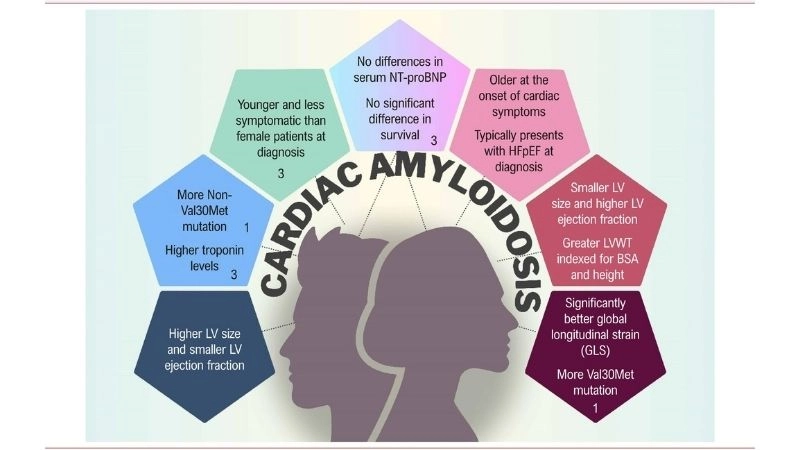
Amyloidosis abnormal protein buildup affecting organs
>>> See more: Understanding alcoholic cardiomyopathy diagnosis tips
Key symptoms of Amyloid Cardiomyopathy to watch for
- Persistent fatigue and reduced stamina occur due to impaired heart function, making everyday activities increasingly difficult.
- Shortness of breath develops from fluid buildup and reduced pumping efficiency, especially during physical activity or when lying flat.
- Swelling in the legs, ankles, or abdomen signals fluid retention, a common complication associated with Amyloid Cardiomyopathy.
How can you prevent Amyloid Cardiomyopathy effectively?
- Early detection through regular medical checkups and cardiac imaging helps identify amyloid deposits before severe heart damage occurs.
- Managing underlying conditions such as chronic inflammation, kidney disease, or autoimmune disorders reduces the risk of cardiac amyloidosis.
- Genetic counseling and family screening support individuals with hereditary risk, enabling earlier monitoring and timely medical intervention.

Cardiac amyloidosis symptoms warning signs in the heart
>>> See more: Causes of Takotsubo Cardiomyopathy (Broken Heart Syndrome)
Images visual examples of Amyloid Cardiomyopathy
Visual examples of Amyloid Cardiomyopathy often highlight thickened heart walls caused by amyloid deposits, showing reduced flexibility, impaired pumping function, and fluid accumulation in surrounding tissues.
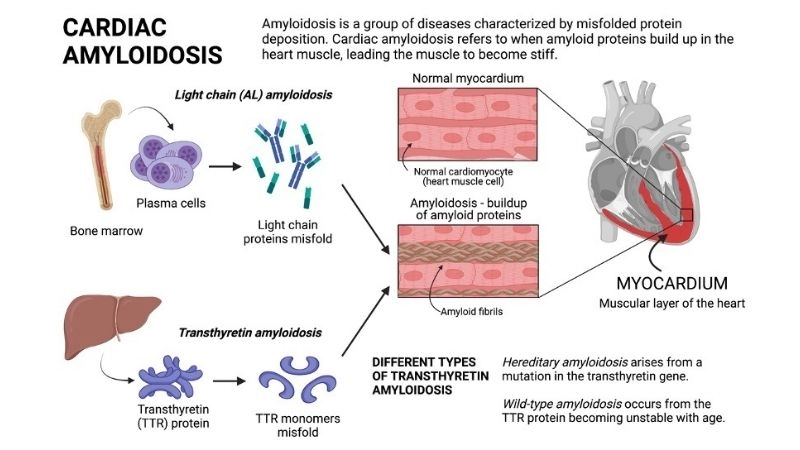

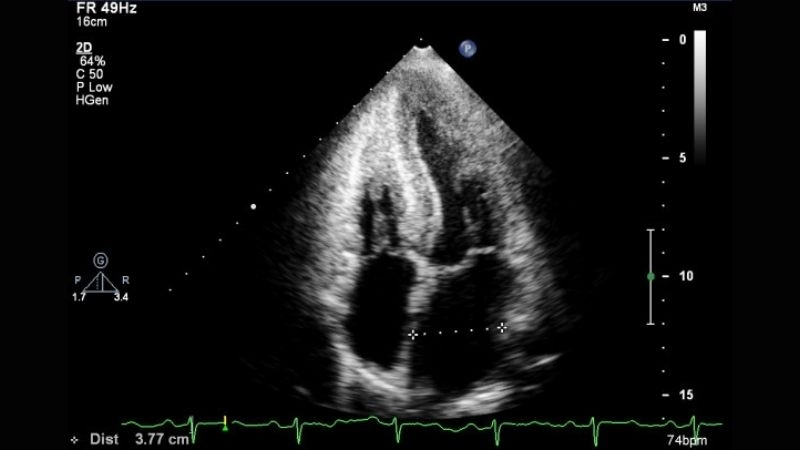
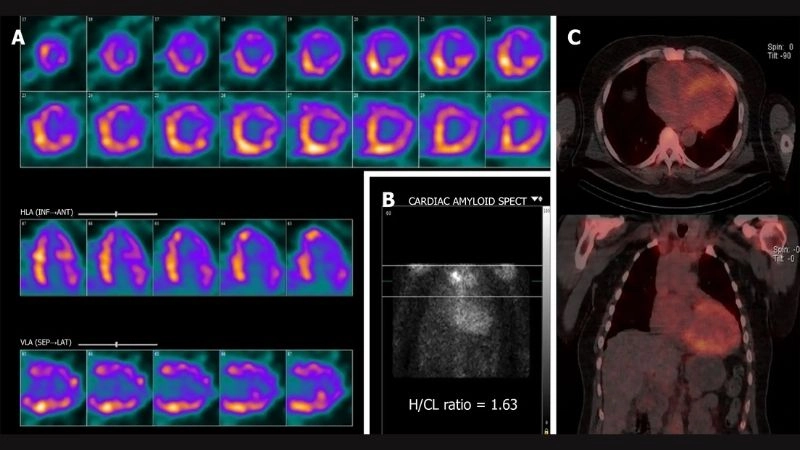
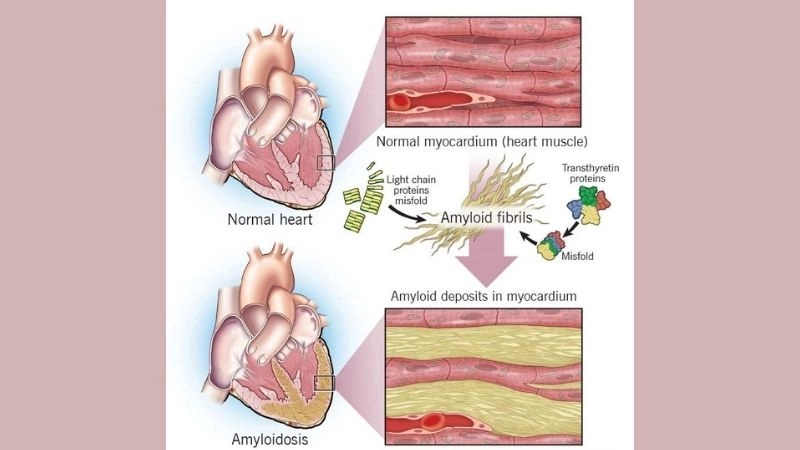


>>> See more: Diabetic cardiomyopathy causes symptoms and treatment
Managing amyloid cardiomyopathy requires early diagnosis, proper treatment, and lifestyle adjustments to improve heart health and overall patient outcomes.





